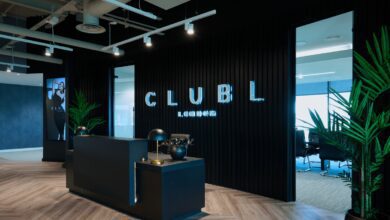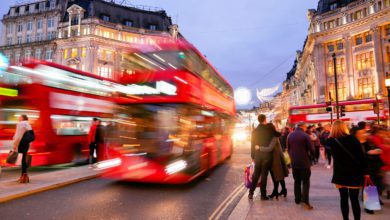How to use the peak-end rule as a framework for a strong customer journey

Last week my partner and I went to a new casual-dining place near our flat. It’s the kind of place that’s been cropping up all over London lately: small, obsessively designed, serves mostly vegan burgers.




